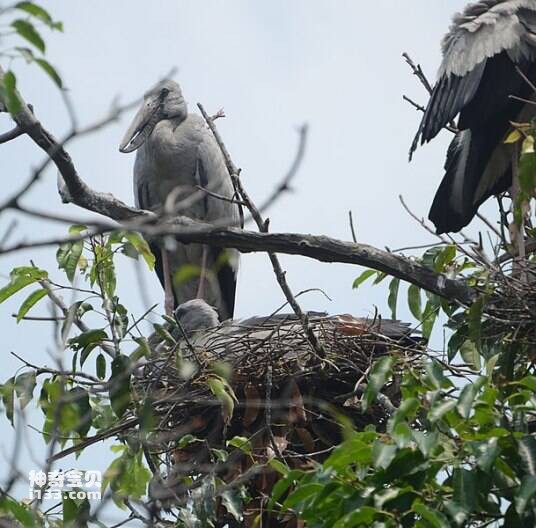Alectroenas rodericana
IUCN
LCBasic Information
Scientific classification
- name:Alectroenas rodericana
- Scientific Name:Alectroenas rodericana
- Outline:Landfowl
- Family:
Vital signs
- length:No textual research information is available
- Weight:No textual research information is available
- lifetime:No textual research information is available
Feature
Distribution and Habitat
It was once found on Rodrigues Island in the Mascarene Islands.
Appearance
They are about the size of a white-breasted forest dove and are gray in color.
Details
The Alectroenas rodericana (Alectroenas rodericana) is an extinct pigeon on Rodrigues Island in the Mascarene Islands. All that is known about them is a few sternum and other bone subfossils, and a few descriptions. They are believed to be gentle birds and like to eat melon seeds. In 1693, they were still visible on the island, where they built their nests.

It is generally classified in the genus Alectroenas, but there are some problems with this classification. Because the shape of their sternum is different from other pigeons, it is possible that they belong to an undescribed genus. Their sternum most closely resembles a reduced version of the Gallicolumba or imperial dove sternum. If this similarity is not due to convergent evolution, based on the evolutionary relationship between the dodo and the Rodrigues dodo, the Rhodododo may be a close relative of the ancient solitary pigeon family. This does not mean that the Rhododendron is a close relative of Gallicolumba or the Imperial Dove, but may have evolved independently from the Indo-Asian branch that became extinct millions of years ago. Two Roshima blue dovetail bones were later found, but they probably belong to Streptopelia duboisi. The Roshima Blue dove is estimated to have become extinct in the mid-18th century, when rats infested their nests. No description of the bird has been given, but it is most likely that it was distributed on the islands and was killed by rats before becoming extinct in 1690. The humerus of a Rhododendri was also found.
Protect wild animals and eliminate wild meat.
Maintaining ecological balance is everyone's responsibility!








